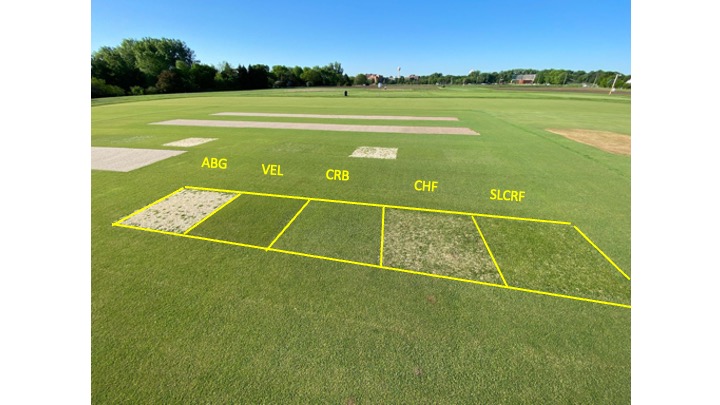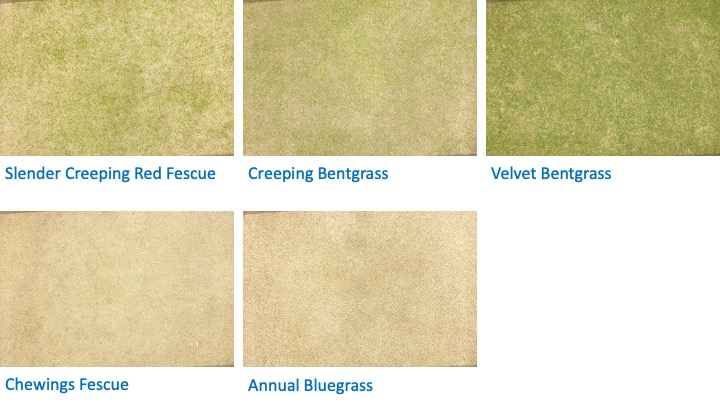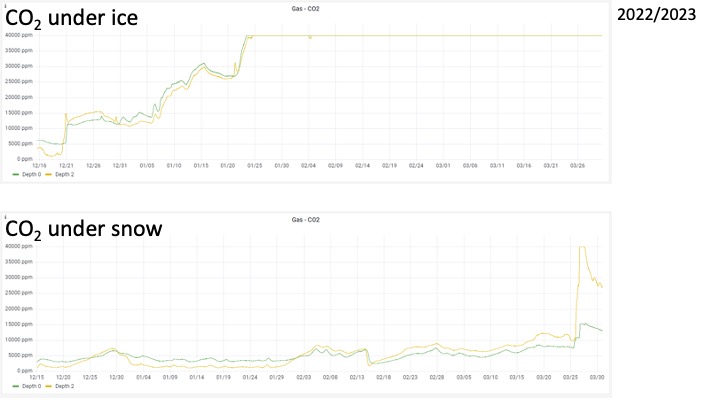By Dr. Eric Watkins, University of Minnesota
In cold climates, winter kill caused by ice damage is perhaps the most vexing of all the ways grass might die. There isn’t a chemical that can fix it. There isn’t much one can do to manage against it. The environment under ice layers on a turf area is full of unknowns. We do however, know that there are significant species differences when it comes to surviving under ice cover--in the mid-1960s Dr. Jim Beard reported on the number of days under ice that annual bluegrass and creeping bentgrass each survived under specific controlled environment conditions. Since that time, there has been some lab research to study this problem, but very little field research. One of the reasons for this paucity of field research is that it is difficult to maintain ice cover for long enough periods of time to cause turf damage. Fortunately (or unfortunately if you live in Minnesota and don’t appreciate our restorative winter climate), we are usually able to keep a sheet of ice long enough to do this kind of research.
The WinterTurf project has brought together many researchers who work on winter stresses, and we hope that these new connections lead to opportunities beyond the WinterTurf project. One such project is funded by the Norwegian Research Council and goes by the moniker ICE-BREAKER. Led by Dr. Trygve Aamlid and colleagues at the Norwegian Institute for Bioeconomy Research, this project has several goals. At Minnesota, we are leading field research to ascertain which cool-season grasses can withstand long-term ice cover of greater than 90 days. This was accomplished by establishing 6 different grasses, maintaining them at a greens height of cut, and then forming ice on top of the plots and leaving it on for 90-110 days (the arrival of spring determined how long the ice stayed on). Members of our team have previously detailed how the ice was formed and some of the challenges they had to overcome.
Once the ice melted, we monitored the plots for physiological activity, and took images to determine percent green cover. The first year we did this (winter 2021-2022), the ice was on the plots for just over 90 days; this duration killed the annual bluegrass, severely damaged the Chewings fescue, but the other plots came out of the winter pretty much unscathed (Figure 1).

When we repeated the trial, on new plots, in 2022-2023, we were able to keep the ice on much longer--110 days. This time, the annual bluegrass died, as did the Chewings fescue; in fact, there was also severe damage to the other species other than velvet bentgrass (Figure 2). Ice cover damage to creeping bentgrass is quite rare, so this was an intriguing result. The velvet bentgrass variety that we use was ‘Nordlys’, a variety that was developed in Norway, so perhaps it is not surprising that this grass was the most resistant to this tremendous stress.

During the study, we had carbon dioxide and oxygen gas sensors buried under the ice. In Figure 3 you can see that during the 2022-2023 ice encasement, carbon dioxide levels under the ice were above the limits of the sensors we used for an extended period of time. This coming winter, we plan on doing a study to begin learning more about how these high levels of carbon dioxide might be affecting a susceptible species like annual bluegrass.

Other researchers who are part of ICE-BREAKER are also learning new things about the effects of ice cover. Along with related projects in the WinterTurf project, we hope to provide golf course superintendents and other turfgrass managers with solutions to reduce risk from the continually challenging problem of ice encasement.